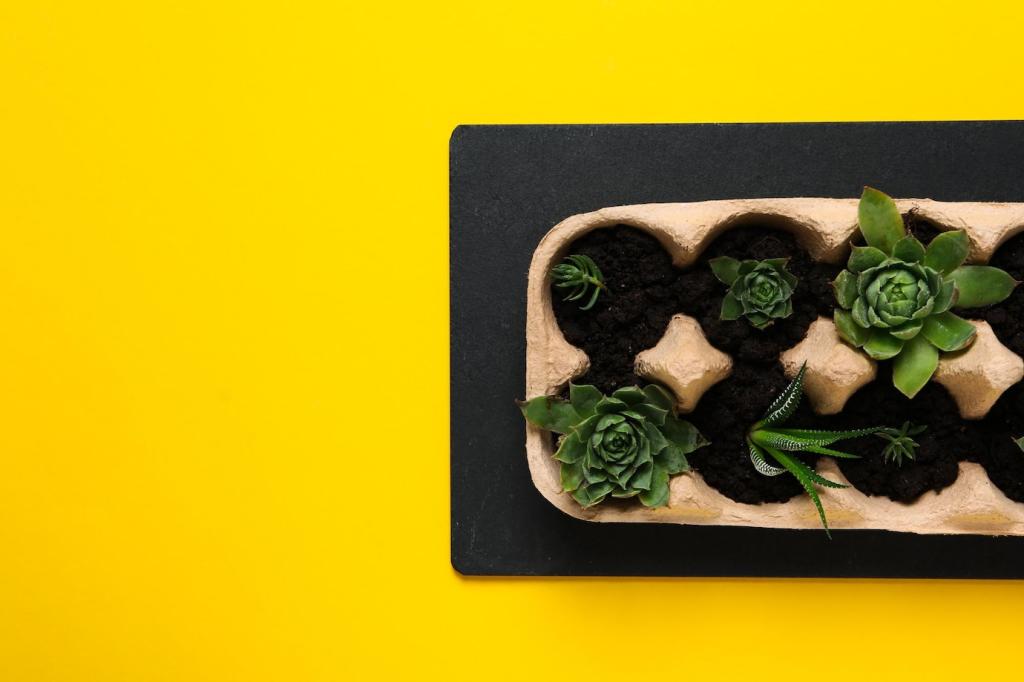
Vertical Gardening Solutions for City Environments
Discover how vertical gardening transforms city spaces into lush, green sanctuaries. In urban environments where space is at a premium, innovative vertical gardening techniques offer a refreshing way to incorporate greenery, improving aesthetics and well-being. This guide explores practical solutions tailored for city dwellers, highlighting design, benefits, plant choices, and sustainable maintenance practices for creating vibrant vertical gardens in even the smallest urban settings.
Transforming Urban Spaces with Vertical Gardens
City environments often lack sufficient ground space for traditional gardens, presenting a unique challenge for plant enthusiasts. Vertical gardening capitalizes on vertical surfaces, such as walls and fences, to cultivate a wide variety of plants. By utilizing containers, pocket panels, and climbing systems, residents can turn narrow balconies and plain facades into thriving green spaces. This transformation not only introduces nature into concrete surroundings but also contributes to greater privacy and creative flair in personal and communal areas.
Beyond practicality, vertical gardens bring an artistic element into otherwise stark urban architecture. The vibrant mix of colors, textures, and plant forms creates visually striking features that soften and enrich living spaces. Residents can personalize these gardens to suit seasonal themes or their favorite plants, making a statement and initiating a subtle connection with nature. Vertical gardens can even serve as green dividers or living murals in commercial or residential areas, revolutionizing the standard city outlook.
Vertical gardening goes beyond ornamental value by offering tangible environmental improvements within the urban matrix. These gardens help regulate indoor and outdoor temperatures, reduce air pollutants, and suppress urban noise levels. The integration of plants into dense settings can lead to energy savings and a healthier atmosphere, while biodiversity is supported as insects and small pollinators find new habitats above ground. Thus, cities benefit holistically from the dual advantages of beauty and sustainability.
Modular living walls comprise interconnected panels or blocks that can be easily mounted indoors or outdoors, accommodating different plant types and varying sunlight conditions. These systems are particularly favored in city environments due to their flexibility and ease of installation, allowing users to change plant arrangements or replace individual modules as needed. Many modular systems come with integrated watering solutions, making maintenance straightforward even for those with little gardening experience. Their scalability means they can suit small apartment balconies or cover entire building facades, offering unmatched versatility.
Choosing the Right Vertical Gardening System
Selecting Plants for Urban Vertical Gardens
Shade-Tolerant Varieties
Many city spaces only receive filtered light, necessitating shade-tolerant plants for healthy vertical gardens. Ferns, philodendrons, and certain mosses perform well in low-light conditions, maintaining vibrant greenery year-round. Integrating these species guarantees a resilient display, preventing the disappointment of sun-loving plants failing to thrive in apartment corridors or shadowed courtyards. The lush foliage and various textures of these plants add depth and richness, transforming dim spots into inviting, soothing oases amidst urban bustle.

